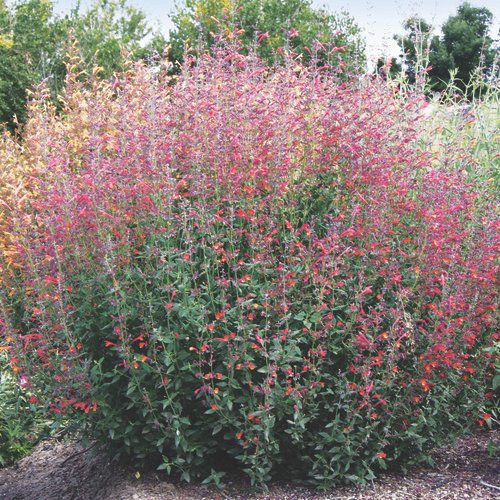Expert Picks for Long-Blooming Sun Perennials to Grow in the Mountain West
If you’re looking for plants that provide blooms all season long and not just for a short time, these expert picks for the Mountain West are sure to brighten your garden. Discover four long-blooming perennials for sun that thrive in the region’s dry climate and wide temperature swings, adding reliable color to sunny beds and borders from summer into fall.
See more regional picks: Native Shrubs That Do It All in the Mountain West
Little Trudy® catmint
Name: Nepeta ‘Psfike’
Zones: 4–9
Size: 8 to 10 inches tall and 12 to 16 inches wide
Conditions: Full sun to partial shade; moderately moist to xeric soil
Native range: Europe, Asia, and Africa
This dwarf catmint is perfect at the front of a perennial or mixed border. I love it so much I planted it along the sidewalk to my front door, where I can enjoy it every day. Its grayish-green fragrant foliage provides a nice contrast to other green-leafed plants in the garden. Deep-lavender flower spikes bloom continuously from mid-spring through fall. Sometimes I deadhead Little Trudy®, but it’s not required as the flowers just keep coming throughout the entire growing season regardless. No other care is required, and pests are minimal. This variety may self-sow, but I haven’t found it to be an issue.
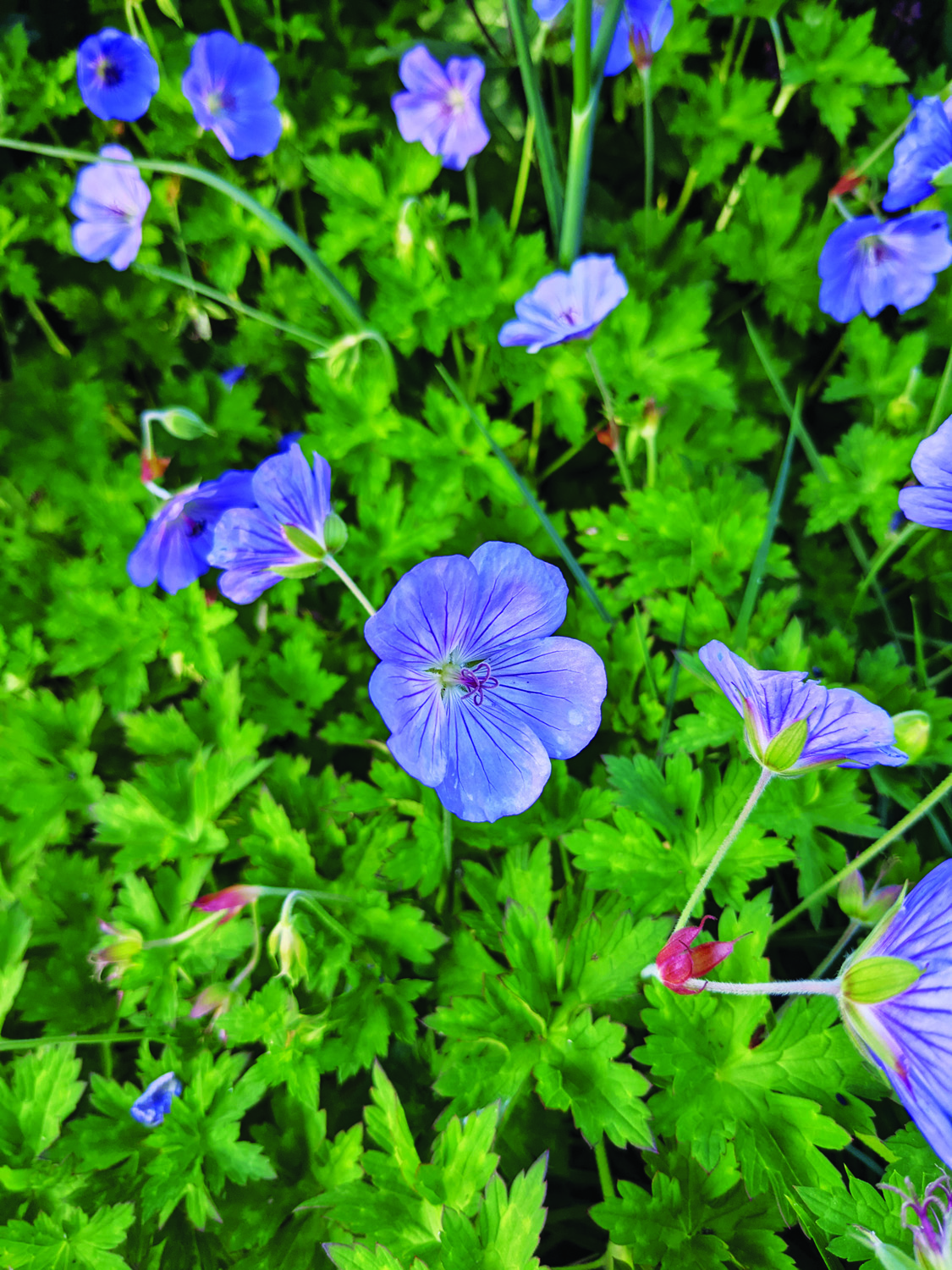
‘Johnson’s Blue’ geranium
Name: Geranium ‘Johnson’s Blue’
Zones: 4–8
Size: 15 to 18 inches tall and 18 to 24 inches wide
Conditions: Full sun to partial shade; moderately moist to dry soil
Native range: Hybrid
‘Johnson’s Blue’ is a stalwart in the landscape and the most popular blue-flowering geranium on the market. This perennial is covered in large (2-inch diameter) true blue blossoms from mid-spring through summer, making it a lovely addition to the front of any border. Butterflies enjoy its blooms as much as we do. A light pruning after the initial flush of flowers will encourage reblooming. In my garden, I find it does best in partial shade during the heat of the day. Once established, this geranium is drought tolerant; however, I still provide supplemental water in dry years for better flowering.
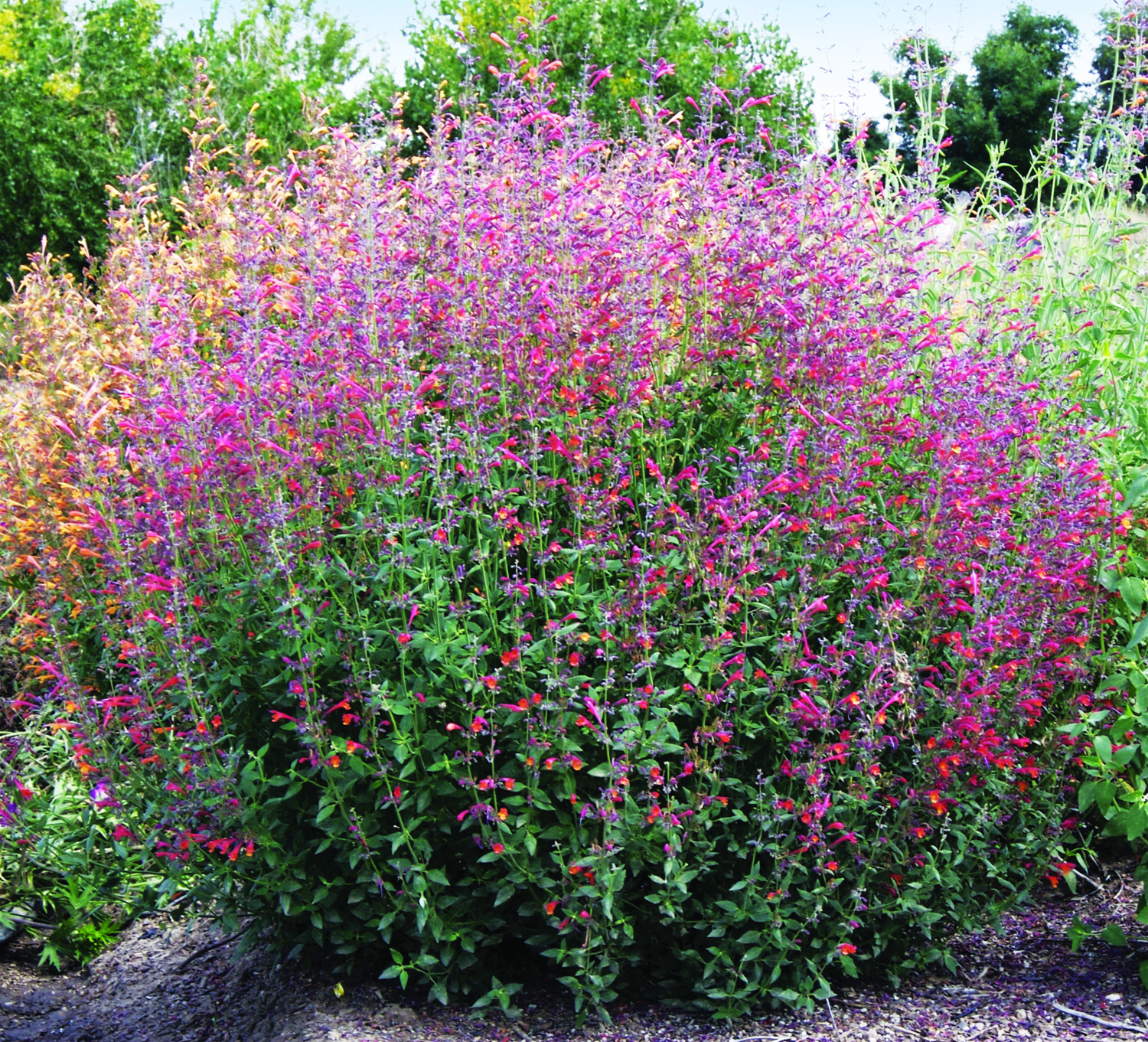
Coronado® Red hyssop
Name: Agastache ‘Pstessene’
Zones: 5–9
Size: 16 to 18 inches tall and 12 to 16 inches wide
Conditions: Full sun to partial shade; moderately moist to dry soil
Native range: Arizona, New Mexico, and Mexico
Hyssops have become a staple in my garden. Their combination of long bloom times, pollinator friendliness, subtle minty fragrance, ability to take dry conditions, and minimal care requirements has won me over. While members of the Agastache genus come in an abundance of colors, this particular variety is unique due to its distinctive blend of crimson red and maroon flowers, making it a show-stopper during the hottest months of the year. Coronado® Red blooms from midsummer into fall. The tubular flowers are a favorite of pollinators, and hummingbirds cannot resist stopping by the plants numerous times a day.
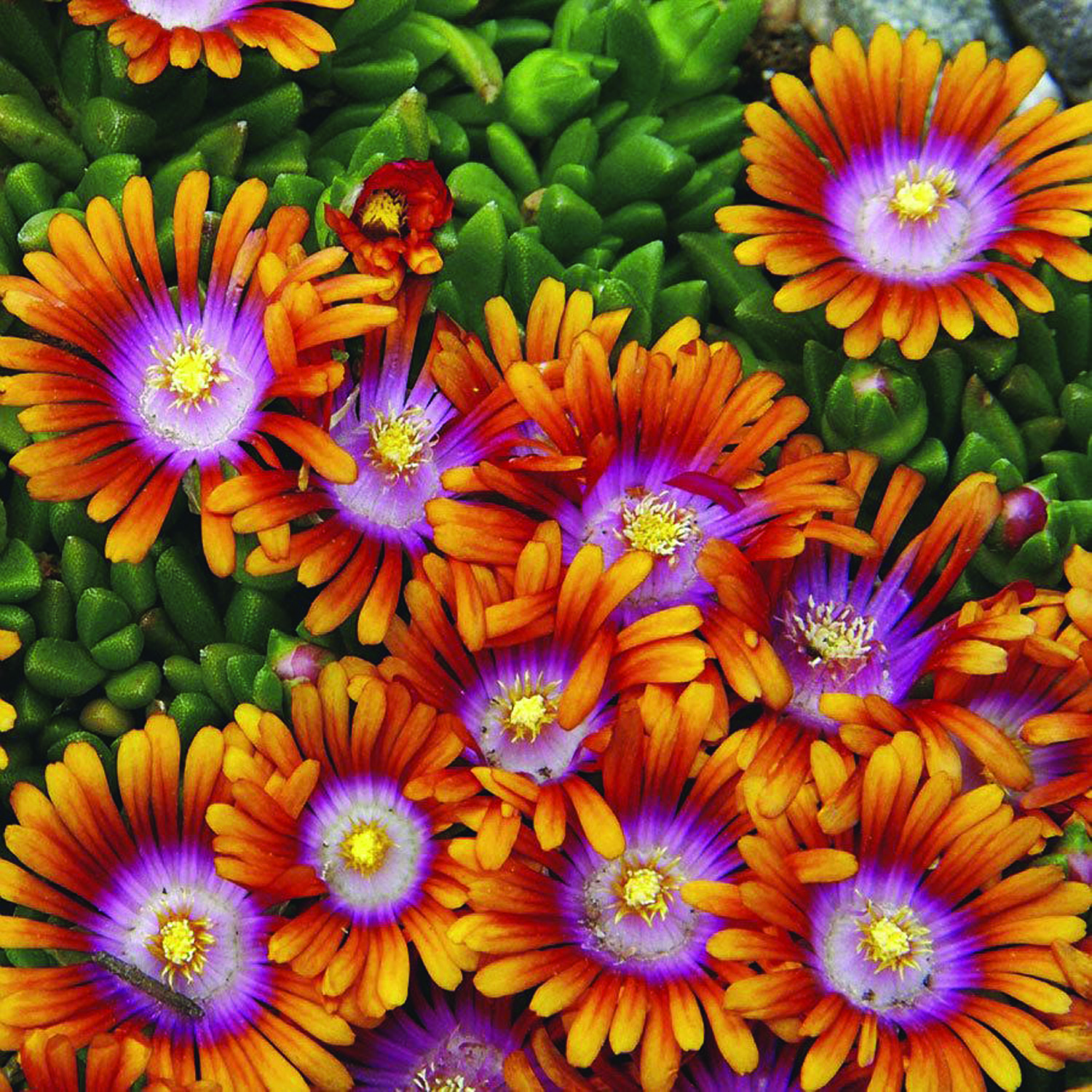
Fire Spinner® ice plant
Name: Delosperma ‘P001S’
Zones: 5–10
Size: 1 to 2 inches tall and 14 to 18 inches wide
Conditions: Full sun; well-drained soil
Native range: South Africa
I have several varieties of Delosperma in my rock garden, but Fire Spinner® has become a favorite. It has bright green foliage capped with masses of vibrant orange flowers with fuchsia centers. When in full bloom from April through June, it almost glows. This long-blooming perennial will continue to have a smattering of blossoms throughout the rest of the season too. Like other ice plants, this variety likes our mountain climate with its dry air and plentiful sunshine. It does need good drainage and prefers rock mulch over wood types. The succulent foliage is a nod to its inherent drought tolerance, and the plant will thrive without much (if any) supplemental water.
Regional expert: Michelle Provaznik is the chief executive officer of the American Public Gardens Association and has been gardening in the Mountain West for over 25 years.
Fine Gardening Recommended Products

Gilmore Rubber Hose Washer 10pk
Fine Gardening receives a commission for items purchased through links on this site, including Amazon Associates and other affiliate advertising programs.
– Live red rubber construction, 3/4in. washers
– Clip of 10
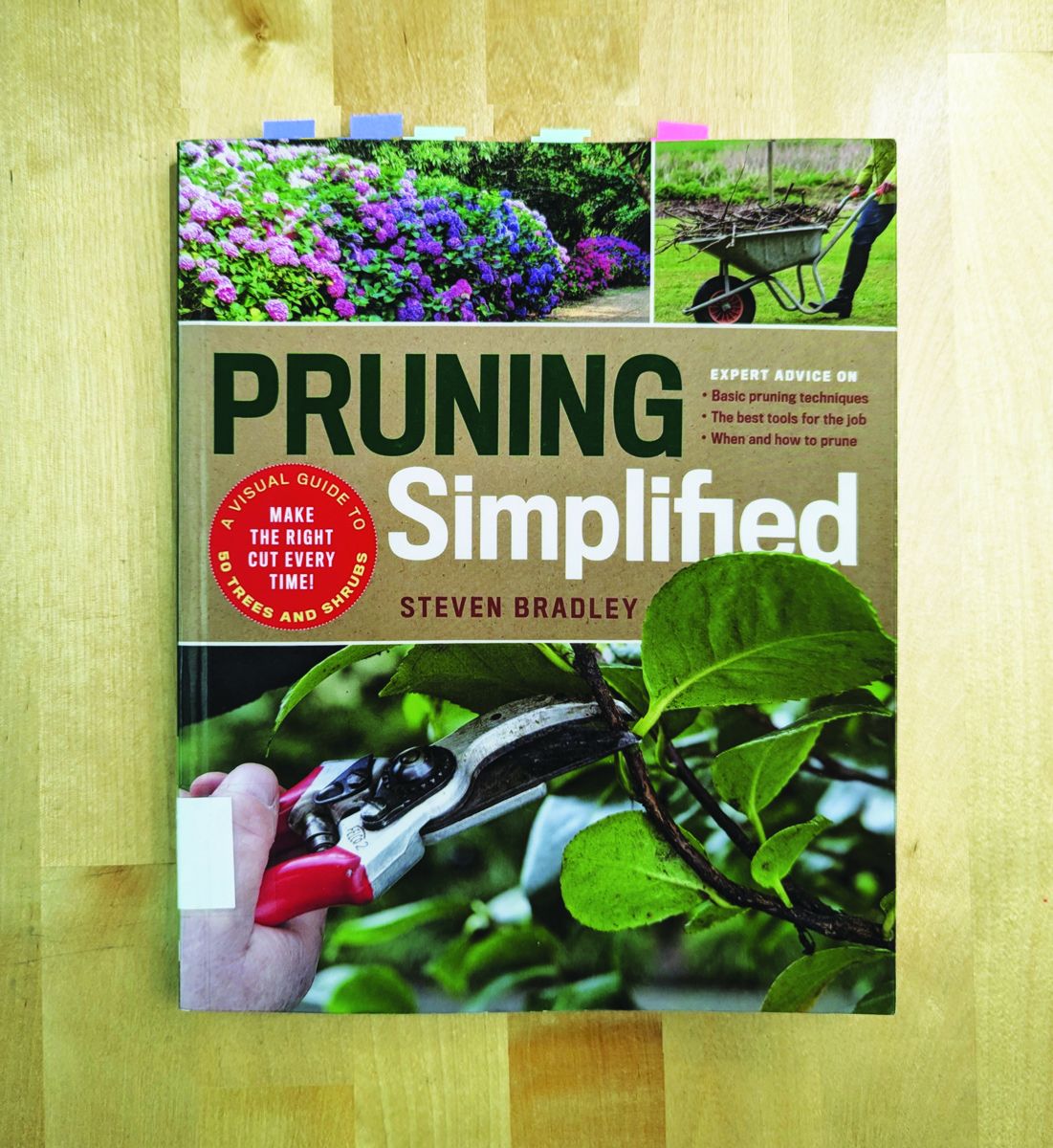
Pruning Simplified: A Step-by-Step Guide to 50 Popular Trees and Shrubs
Fine Gardening receives a commission for items purchased through links on this site, including Amazon Associates and other affiliate advertising programs.
Pruning Simplified shows you exactly how to do it. This must-have guide offers expert advice on the best tools for the job, specific details on when to prune, and clear instructions on how to prune. Profiles of the 50 most popular trees and shrubs—including azaleas, camellias, clematis, hydrangeas, and more—include illustrated, easy-to-follow instructions that will ensure you make the right cut the first time.

Planting in a Post-Wild World: Designing Plant Communities for Resilient Landscapes
Fine Gardening receives a commission for items purchased through links on this site, including Amazon Associates and other affiliate advertising programs.
Featuring gorgeous photography and advice for landscapers, Planting in a Post-Wild World by Thomas Rainer and Claudia West is dedicated to the idea of a new nature—a hybrid of both the wild and the cultivated—that can nourish in our cities and suburbs.


